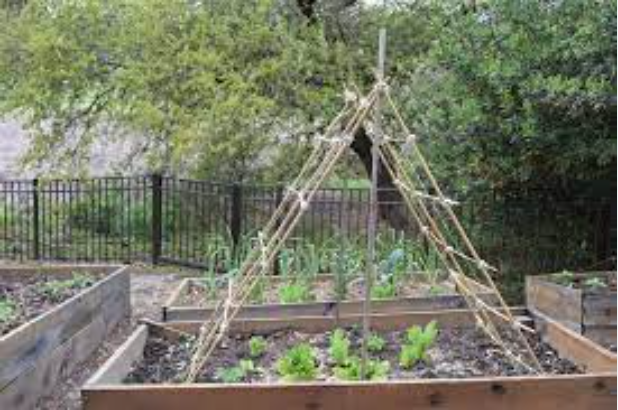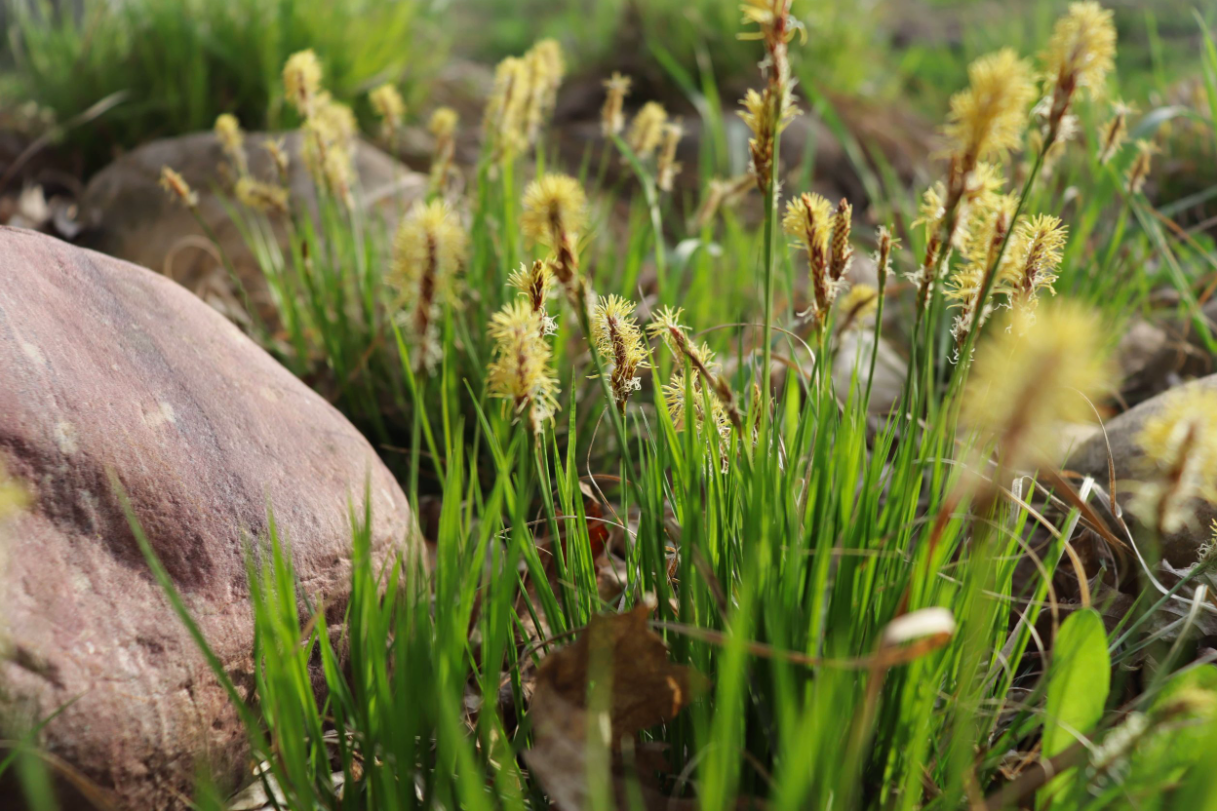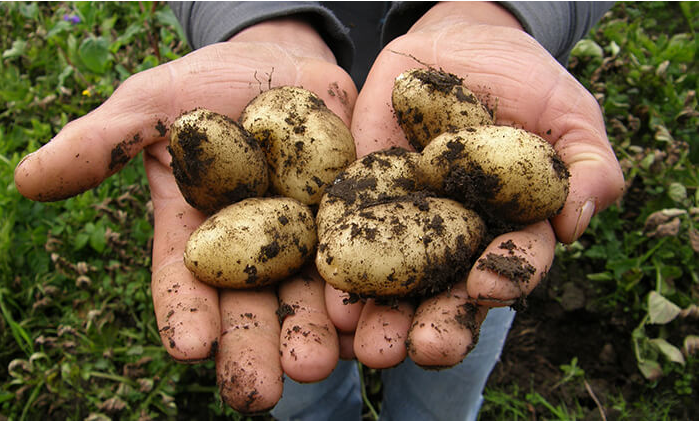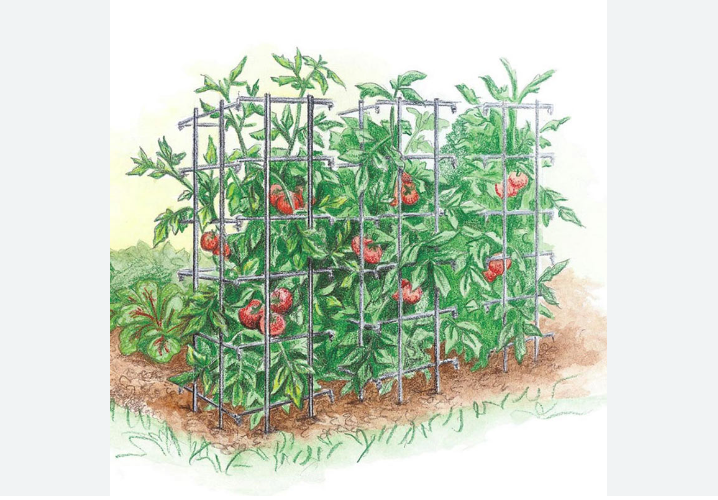Cucumber Trellis – The Introduction
Avoid getting cucumber seeds without forehand knowledge if you are a new gardener. This blog will save you a lot of time and effort that would be needed without cucumber information. Cucumbers are natural climbers. Their natural position is climbing a wall or a fence. But some new gardeners pot their seeds in the middle of their garden away from a fence or a wall. After they enter their growing period, they search for support to get to their natural position.
Thus, we must provide them with upward support to get the best results. You can get worried for the plant if you don’t have a garden with a fence or wall support for cucumber. But, instead of wasting your time thinking, head to the nearest store and get a cucumber trellis. We can make a trellis by using wood or metal. Without upward support, your plant will weaken, and you may compromise its structure and health.
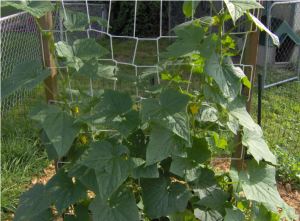
cucumber trellis
How do I build a Cucumber Trellis?
Some of us don’t like going to the grocery store to get something we make with DIY projects. Thus, if you don’t want to hire an expert to assemble a cucumber trellis, let’s see how we can build one at home. The whole exercise of building a cucumber trellis is a rewarding experience for your creativity. Before starting, collect the materials you need for this project. You have three options for building a trellis for cucumbers. Select any material from wood, string, and metal. Each of those materials has its benefits. The string gives flexibility to the trellis and is strong in itself. Wood will give your garden a classic feel. Metal is the most durable of these three materials. Select any of these items that feel appealing in your garden.
After getting the required materials, building a cucumber trellis for your garden is time. First, we have to select a position for the trellis. Cucumber is a type of plant that needs Sunlight. So, select a spot without a shade. Mark the point on the ground for later. Now, start digging holes for the posts of your trellis structure. The depth of the holes will be as per the height of your trellis. Holes should be deep enough to support the trellis. Now, insert the poles into the holes and fill them with soil.
This way, the foundation of the trellis is solid. We are filling with soil to help the trellis stand strong against the winds. Also, the weight of growing cucumbers gets heavier as well. Insert both the poles, and now it is time to add the horizontal poles to support the structure. Keep an equal distance between the two poles. These two poles act like rungs of a ladder.
Are there any benefits of using a Cucumber Trellis?
Beyond supporting your plants, using a cucumber trellis in your garden has many other advantages. It’s a game-changer that improves the appearance and health of your cucumbers for both inexperienced and seasoned gardeners.
Let’s start by discussing space. A cucumber trellis can help you make the most of your garden area. Cucumber vines grow vertically rather than horizontally, freeing up vital space for other plants. Thanks to this vertical growth, your garden can produce more.
Another important benefit is healthier plants. Cucumbers are more vulnerable to pests and illnesses when grown in the ground. By keeping the fruits and vines above the ground, a trellis lowers the chance of rot and fungal diseases. In addition to keeping the plants dry and healthy, essential for preventing illnesses, the enhanced air circulation around the plants also helps.
A trellis makes harvesting much easier. You may stop stooping over and searching through thick bushes to locate your cucumbers. The fruits are easy to harvest and hang visibly. This ease of use guarantees that you select the cucumbers at the ideal moment to preserve their best flavor and texture and speed up the harvesting process.
A cucumber trellis gives your garden a whole new aesthetic. The visual of beautiful vines soaring upwards gives your garden design a vertical component. It makes the area more aesthetically pleasing and clean. Furthermore, watching your cucumbers waiting for harvesting is always wonderful—neatly suspended from the trellis.
A trellis gives plants greater exposure to Sunlight, which promotes plant development. More efficient leaf availability to sunlight results in more robust development and larger yields. Because of the trellis’s structural support, your cucumber plants will develop into robust, healthy plants.
Do cucumbers need a Trellis?
Do you need to trellis cucumbers? Many gardeners wonder about this. Although they can grow without one, trellises have many benefits that can completely change your gardening experience.
Let’s start by thinking about cucumbers’ natural growth pattern. We know cucumbers are vining plants, so they tend to spread out. These vines take up many garden areas when they stretch out across the ground without a trellis. There may be a limit to how many plants you may grow in your garden because of this horizontal growth. In contrast, a trellis promotes vertical growth, freeing up important ground areas for other crops.
Another important consideration is health. Cucumbers are more prone to pests and diseases when grown on the ground. Fruit rot and fungal diseases may result from the fruits touching wet soil. You can raise the vines and fruits of cucumber plants off the ground by growing them on a trellis. Because of the improved air circulation caused by this elevation, the plants stay dry and are less affected by disease. A higher production rate is evidence of healthier plants.
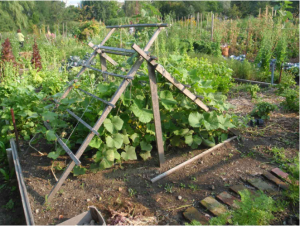
trellis for cucumbers
Using a trellis also has the major advantage of being easy to maintain. It’s considerably simpler to harvest cucumbers from a trellised plant than to stoop and pick through many leaves. The convenience of simpler harvesting will ensure ripe and healthy cucumbers for you.
A trellis gives the garden more vertical interest from an aesthetic perspective. The appearance of cucumber vines growing higher produces a more arranged and aesthetically pleasing area. It also allows you to demonstrate your gardening talents. A well-planned and executed cucumber plant proves the gardener’s hard work and forethought.
What is the detailed process of using trellis for cucumber support?
A quick and easy way to make a big difference in the production and appearance of your garden is to trellis cucumber plants. Imagine wandering through your garden and finding healthy cucumbers. Also, yuou see the cucumber plants gracefully climb a solid trellis to maximize area utilization. Here’s how to easily accomplish this.
Start by selecting the appropriate trellis materials. Depending on your taste and the design of your garden, wood, metal, or string all function nicely. Metal trellises are robust, wooden trellises give a rustic look, and strings allow flexibility. Make sure the material you select is sturdy enough to hold the weight of fully grown cucumber vines and fruits.
Next, locate the trellis in a sunny area of your garden. Because cucumbers need sunlight to flourish, choose a spot that receives six to eight hours of Sunlight per day at minimum. Make sure the trellis post holes you dig are deep enough to support the structure’s stability. Posts should be inserted into the holes, filled with dirt, and tightly compacted. Stability is essential to endure wind and the weight of developing plants.
After the posts are firmly in place, install stretch strings or horizontal bars between them. Evenly space these supports to provide the cucumber vines with lots of climbing chances. Imagine doing this as building a ladder so your plants can reach the sky.
After installing the trellis, sow your cucumber seeds or seedlings at the bottom of the frame. Make sure they get lots of Sunlight and give them plenty of water. Gently direct the vines toward the trellis as they grow. To connect the vines to the supports, use gentle garden ties, being cautious not to sever them.
What will the negative effects be if I don’t use Cucumber Trellis?
While it may seem simpler to grow cucumbers without a trellis, doing so can have several adverse effects on the productivity and health of your garden. Knowing these drawbacks will enable you to choose your gardening practices with more insight.
First, cucumbers take up a lot of room when grown in the ground. Naturally spreading, cucumber vines occupy much land you can use to plant the other crops. This horizontal growth lowers your garden’s overall efficiency and production by restricting the variety and amount of crops you can grow there.
Secondly, pests and diseases are more common with cucumbers cultivated in the ground. The fruits are exposed to moisture when resting on the ground, which can cause rot and fungal illnesses. Because of the wet conditions, pests like beetles and slugs can breed there and harm fruits and foliage. Cucumbers grown without a trellis are also more susceptible to soil-borne illnesses, which could harm them and reduce their yield.
Without a trellis, harvesting becomes laborious. Finding the cucumbers requires bending over and picking your way through thick foliage, which may be laborious and time-consuming. Due to the greater effort, some fruits might be missed, causing them to ripen too much and become bitter, which would lower their quality and flavor.
Furthermore, poor air circulation is a common problem for cucumbers grown on the ground. Because dense foliage can retain heat and moisture, fungi can develop there. Powdery mildew and other fungal infections can seriously harm the plant’s health, and the lack of airflow can also lower fruit yield.
Lastly, a garden with loose cucumber vines may appear unkempt and disjointed. The growing vines diminish the garden’s aesthetic attractiveness and give the area a disorganized aspect. Conversely, a well-trellised garden displays your gardening prowess. It also appears tidy and well-organized.
Cucumber Limit Per Trellis
The quantity and health of the cucumbers in your garden can greatly affect the number of cucumbers you plant per trellis. It’s all about balancing making the most of your trellis and allowing each plant enough room to fl ourish.
First, consider the size of your trellis. A normal trellis may easily hold two or three cucumber plants at approximately 6 feet tall and 3 to 4 feet wide. By spacing out the plants, you may prevent overcrowding, which can cause competition for Sunlight and nutrients, and provide each plant ample opportunity to develop and climb.
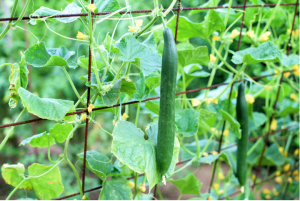
cucumber trellis
Plant the cucumbers at the foot of the trellis, spacing them approximately 12 to 18 inches apart. This spacing allows the roots to spread out and get the nutrients they require. As the plants grow, they will naturally begin to climb the trellis, making effective use of the vertical area.
Planting a certain variety of cucumbers is another crucial consideration. While vining varieties need more room to sprawl, we can plant bush varities closer together, requiring less space. Always verify the precise spacing guidelines for the variety you are growing to guarantee ideal development.
More infoe: Expert Tips on When to Harvest Radishes 2024
FAQs
Here are the few commonly asked questions about cucumber trellis.
1- What is a trellis?
A trellis is a structure made of wood or metal. It helps climbing plants grow upwards.
2-Why should I use a cucumber trellis?
Cucumbers are natural climbers. They prefer to grow using a wall or fence. Without vertical support, their natural growth is affected, thus reducing fruit production.
3- How do I build a cucumber trellis?
You can use metal, wood, or strings to build the frame of a trellis. First, dig a hole and install the poles of the trellis. Later, use soil to provide a strong base for the poles.
4- How many cucumber plants are enough for a trellis?
If your trellis is 6 feet tall and 4 feet wide, planting two cucumber plants at a distance of 12 to 18 inches is enough.
Final Words
We now understand that planting cucumbers isn’t like planting any other vegetable. We will need a trellis for cucumber support. This way, we can get the best fruit of our hard work on the plant.

